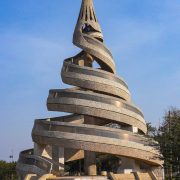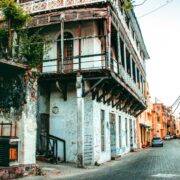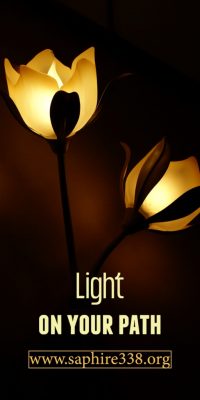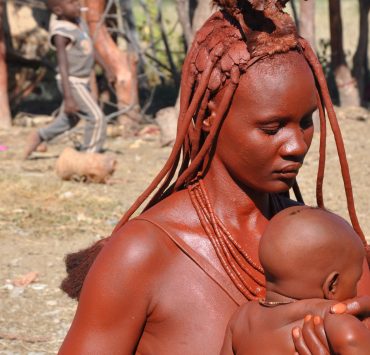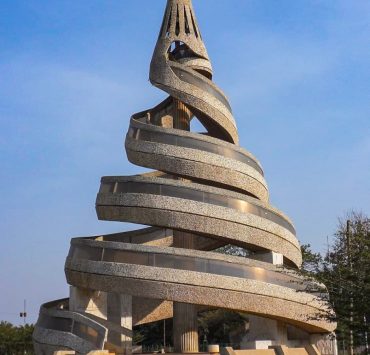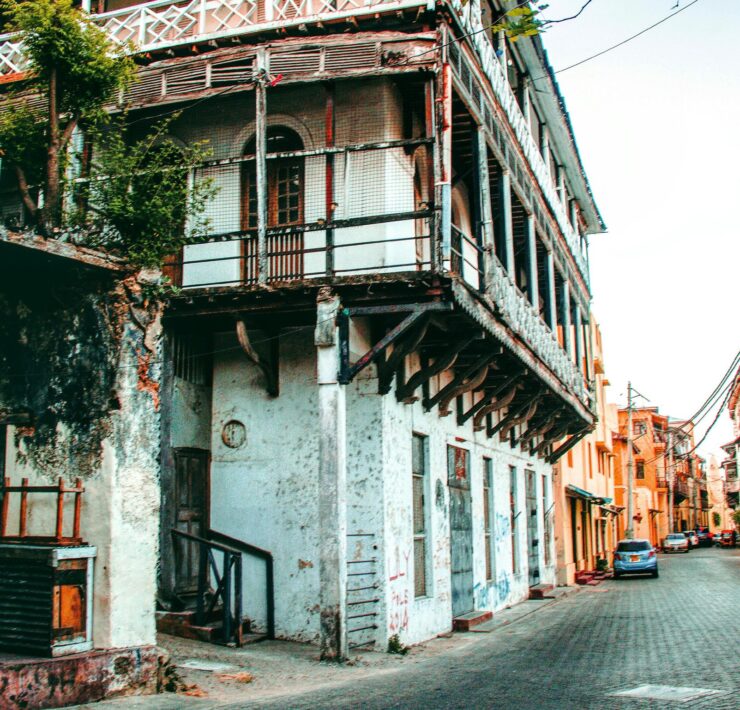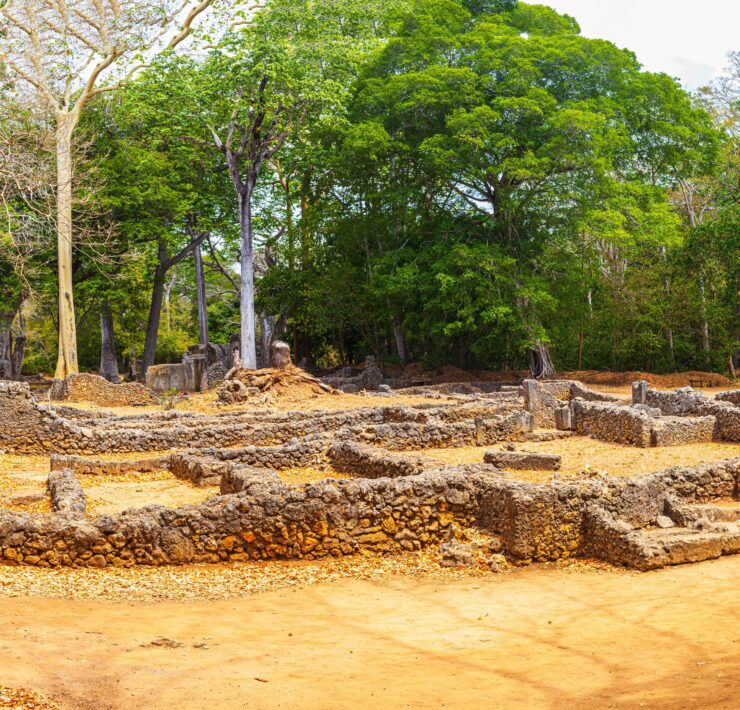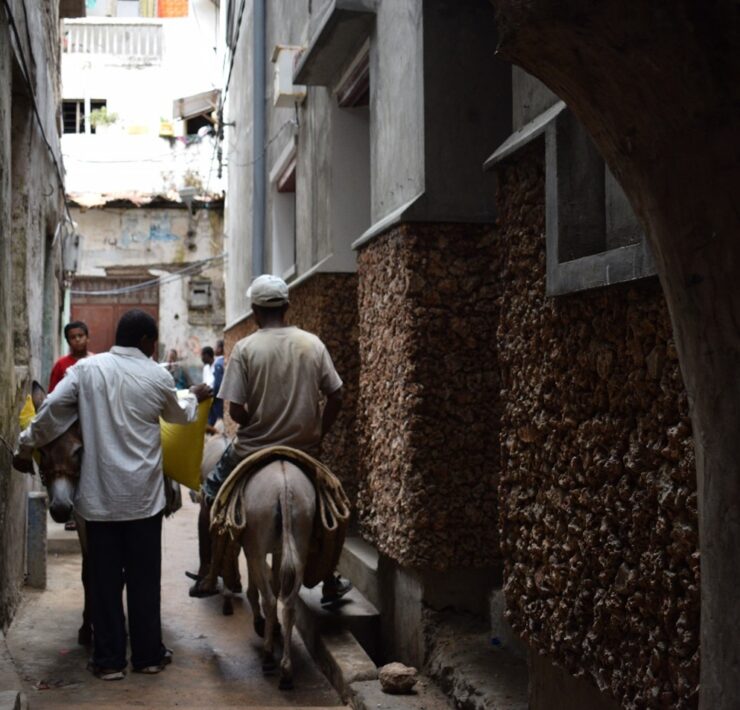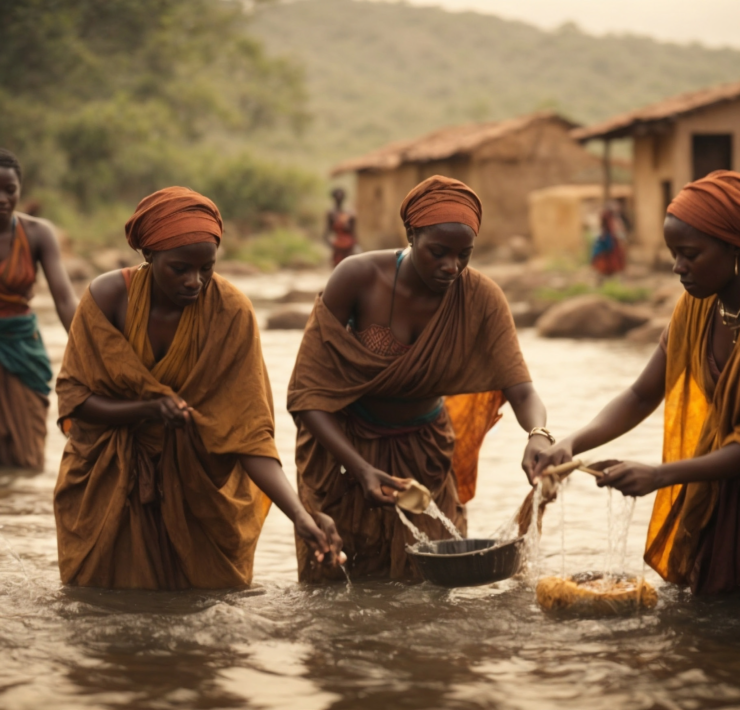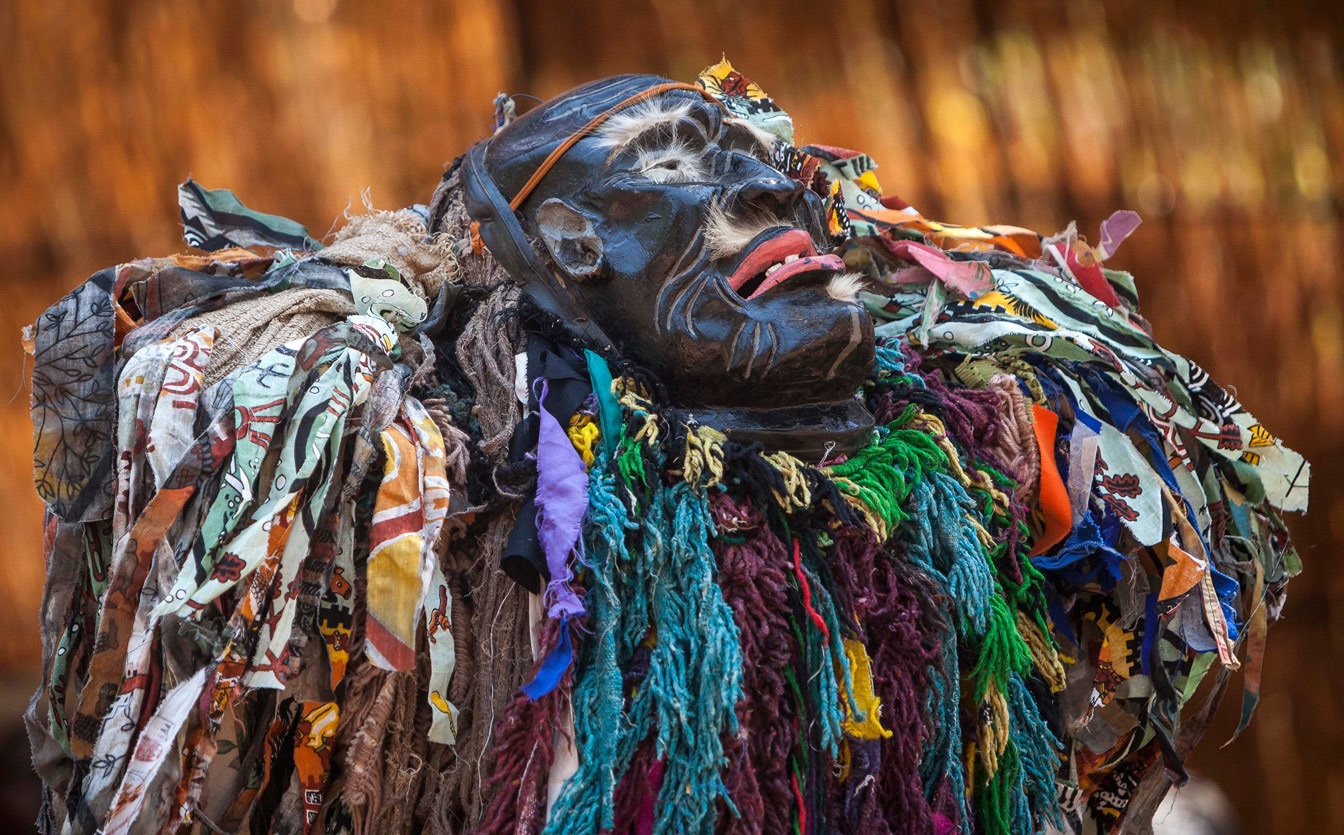
Abigirl Phiri is a Ph.D student in commerce, free-lance writer,…
Read Next
GULE WAMKULU
African masquerades have a fearsome reputation in communities across the continent, and in the Diaspora, because they are said to have a direct connection to the spirit world, and anything that connects this realm to that unseen and mysterious one often sparks curiosity, fascination and even dread. Be it by day or night, at harvest time, circumcision, nuptials or even during a funeral, the masquerades of all shapes, sizes and colors come out to dance their dances for sacrifices or pure entertainment. They are said to be representations of ancestral spirits, nature spirits or even deities. The members of these secretive groups are strictly male and admission to one of them is solely by initiation. From Mali to Nigeria, Tanzania to Zimbabwe, Ghana to the Democratic Republic of Congo or Zambia or South Afrika these masquerades have been a part of Afrika’s social fabric for generations. The key is the mask and the costume worn to both represent the spirit or deity they desire to portray and to conceal their identities. Some are even known use a device to disguise their voices. For them or their family members to expose their identities is said to be a thing of shame.
Masquerades and dances are also a part of western culture and began with the observance of the carne vale (carnival) season in the 15th century in Europe. Carnival was a time of saying goodbye to meat by indulging in all the food and wine they could before Lent. Rich and poor dressed in masks and mingled freely, while parades and dances were held in the street. Another version says that the idea of dressing up for spring came from carrus navalis, the festival of Isis. This was an Ancient Egyptian festival in Africa, where, they would carry images of Isis to the sea to bless the first sailors setting out after winter. They were accompanied by a parade of people dressed in costumes depicting animals and other sacred garb. (greyjournal.net) These festivals evolved into masquerade balls where one dresses up in elegant clothing or costume and paired that with a mask. This mask would be removed when the hour struck midnight, like in the Cinderella’s fairytale story, only then would everything return back to normal as all would be revealed. Masquerade balls in the west also merged with Halloween masks and balls. These date back to the Celtic festival of Samhain, honoring the end of summer and beginning of winter. People wore scary masks to frighten the evil spirits that they believed could pass through the boundary between the world of the living and that of the dead (that was said to be very thin during this period) and cause harm to people. They wore costumes and masks to trick the spirits and keep them from knowing who they were. These masks were transformed into extravagant jewel-encrusted artistic designs for the balls held later, during the Renaissance period in Italy, to hide the identities of the upper class and allow them to take part in activities society generally did not permit. The mask is a device for concealment, disguise, that is used to hide a person or thing. It is used to express something in ritual or in theatre.
African masquerade costumes can seem somewhat eerie, they are sewn in secret using rags or sacks or chicken feathers, animal skins or banana leaves. This garb is hidden in forests or at the graveyard, far from prying eyes, until the ceremony it is for is held. Masquerade dances in Africa are still going strong, yes and this is because the people from these sects uphold their traditional cultures and pass them on from one generation to another. At most times these masquerade dances are as a result of a religious rite that is viewed as being of great significance by the participants.
Recently, where l live, there were people holding a masquerade celebration known as Gule Wamkulu, or The Great Dance, that lasted the whole weekend. They were wearing their usual garb and had covered their faces so that you couldn’t even identify the person behind the mask. Some even wore bizarre masks from the store and pink tights and were using English names, such as Maria, impersonating the coming of the white people and their Missus. I have come to the understanding, if one can look past their scary masks you can see the fascinating story behind and surrounding this tradition.
In some communities, the men dance energetically, whilst their women folk sing the songs in their native tongue, while in others only the masquerade dancers are allowed to learn the words to the songs and to perform the songs and dances. For the festivities held near my home, the acrobatic dances were accompanied by incessant drum beats. The Gule Wamkulu has found its way from Malawi to neighboring communities in Zimbabwe, Mozambique, Angola and Zambia… having originated in the Democratic Republic of Congo. Interestingly, in the Zimbabwean perspective, there usually will be a tall masquerade dancer supported by poles who is jokingly nicknamed “Give me paper.” Which means, give me money!
The Nyau brotherhood of the Chewa people of Malawi, are the society entrusted with the performance of the Gule Wamkulu. They do so for a wide range of ceremonies. Nyau is the Chichewa word for Mask. In the Gule Wamkulu, there are different types of masks, each with its own rules, drumbeats and dance rhythm. Each mask has a unique color and design and spiritual meaning. During this dance, they can tackle social issues that would otherwise be deemed too sensitive to discuss, because while they are in their costumes and masks, they are seen as spirits, not as regular people. As such, they can talk about problems in the society, challenges with the leaders of the community, issues with relationships, you name it.
The most important figure that is represented at every dance is Kasiya Maliro, the Great Mother of Gule Wamkulu and the symbol of the mother of everything. The word Kasiya Maliro originates from the DRC. This figure is said to be the comforter of souls in transition and is the most significant figure. The great mother is said to be an ancestral spirit in the form of an antelope that was born from the white and serene waters of the earthly depths, from which all the Chewa spirits come, the depths of the world. Under its belly lies the abyss of the world, the womb of the Great Ancestral Mother, and the tomb. (cycloscope.net) The Chewa society is largely matrilineal and the Nyau are said to provide a counterbalance to that as well as solidarity among the Chewa men from various villages.
The Gule Wamkulu masquerade dance is performed by initiated males who have been appointed by the chief of their village. Their real identities are a closely held secret and their masks, which are made of wood and straw, become their new public selves. The initiation into Nyau begins with a mysterious stay of a week or more stay at a cemetery. The Nyau are responsible for the initiation of young men into adulthood and they perform the Gule Wamkulu at the end of the initiation process. The dance is also performed at the request of the leader of a particular community and is also carried out at funerals, major celebrations, weddings and for political purposes. Former President of Malawi, Kamuzu Banda, himself a Chewa, is said to have used the Gule Wamkulu to intimidate his opponents into submission and compliance with his wishes.
Much like the Dogon priests, the Gule Wamkulu dancers act as a bridge to communicate with the spirit world, a practice that caused much discomfort with the colonizers who tried to ban it altogether. In the end, the Catholics ended up combining elements of the dance with the Christian story, as they have done with many other religions across the world throughout history. The great mother was now called Maria (as you can see from the Zimbabwe dance I mentioned earlier) and the white colonists were called St. Peter and so on. (cycloscope.net) The Nyau created and continue to create a diverse range of masks, some of which draw their inspiration and influence from the modern world, popular personalities and even modern technology.
Masquerade ceremonies and dances are popular in the countries where these beliefs are held and their secrets and practices are jealously guarded, despite the mixed emotions they evoke. It is difficult to look upon them now from a lens of purity and clarity, since the waters surrounding these ceremonies and rituals were rendered murky by the missionaries and the white colonizers who called them practices animistic, demonic, dark practices and witchcraft. This is why many people are fearful of them. I believe that just because you do not understand a people and their ways, that is not a reason to persecute them. If only one could travel back in time to the day they started, so that we could to find out the truth behind their origins and purposes.
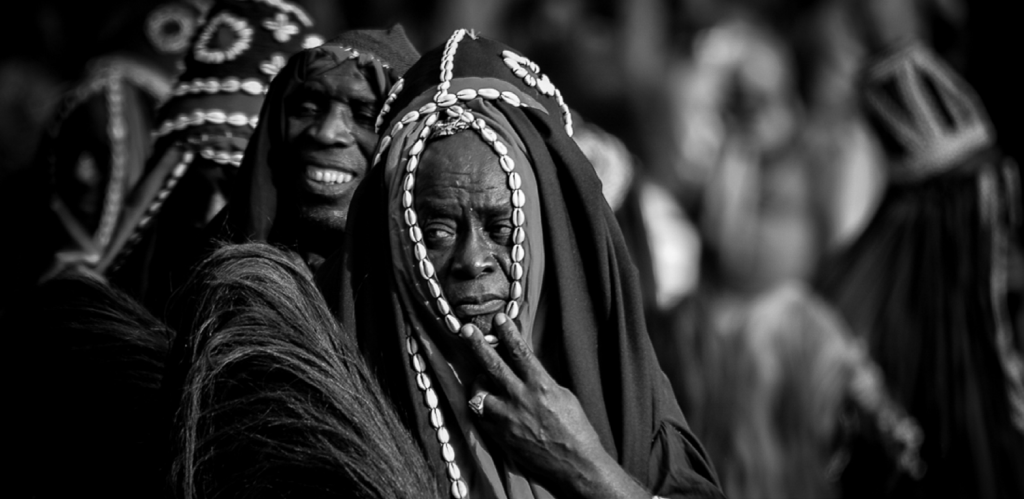
In Zimbabwe, these dances are very popular and nowadays masquerade dancers even hold their own competitions to find out which is the best dance group. This happens particularly to the west of Mashonaland in parts like Chinhoyi which is also a farming/mining region, it’s a common sight to see the masquerade dancers wearing their varied costumes and traveling in lorries, singing merrily on their way to the stadium to lock horns in their competitions. Mufakose, a suburb of Harare, is also a well-known hub for these masquerade dances and competition there is stiff. When in costume the dancers have a way of distorting their words so as to communicate privately with their dance members and band. As they dance the band forms a semi-circle around them making room for them to use all the different tricks up their sleeves, to the delight of the spectators. A whole night can pass by whilst these celebrations are in full force, with the dancers imbibing strong home brewed beer to lift their spirits for this ‘great dance’.
Additionally, in musical videos of big Zim Dancehall artists such as “Enzo I Shall”, masquerade dancers now feature more often; for this tradition is not only mysterious but also eye-catching. Another big artist in Zimbabwe by the name “Baba Harare” has a song which he sang in this dialect. In the video, the masquerades were dancing their feet off. I cannot say whether or not these Zimbabwean artists understand the full significance of the Nyau and Gule Wamkulu and what they and their dances truly represent, or whether this is another way in which African cultural symbolism is used for capital gain.
Way back these masqueraders would chase people around or even beat them as they had liberty to act as they pleased, but that was then. Now it seems they dance for their pure enjoyment, whilst upholding their traditions somewhat.
That is the Gule Wamkulu dance for you my treasured readers. Culture is put on a whole new level through these traditional practices which nobody can never take away from us. It is an honor to be proudly African, through and through.
Subscribe now for updates from Msingi Afrika Magazine!
Receive notifications about new issues, products and offers.
What's Your Reaction?
 PIN IT
PIN ITAbigirl Phiri is a Ph.D student in commerce, free-lance writer, poet, International Ambassador of Peace, GBV activist, social entrepreneur, talent manager and an international marketer. More of her work can be found on her Facebook Page: Words are forever.








